Development history
The company was established in December 2019
In 2019, GSAI Geophysics was established in Changsha Wangcheng National Economic Development Zone. The company operates and manages in accordance with the modern enterprise system, aiming at the application of advanced technologies such as artificial intelligence, Internet of Things, and 5G in the field of geology and geophysics, and is committed to establishing extensive cooperation and contacts with domestic and foreign scientific research institutions. a 650 square meters of modern factory was purchased in Wangcheng economic development zone, including warehouse, production, testing, maintenance, office and other divisions.
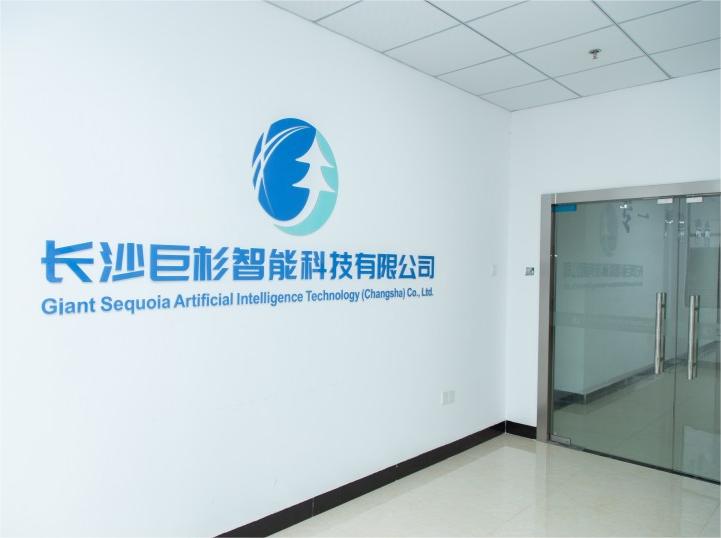
2020
In 2020, the company has established extensive cooperation with Central South University, Hunan University, China University of Mining and Technology, Chinese Academy of Sciences, China Earthquake Administration, CSIC and other units, and is committed to breaking through the application of advanced technologies such as artificial intelligence, Internet of Things, and precision measurement in the field of geology and geophysics
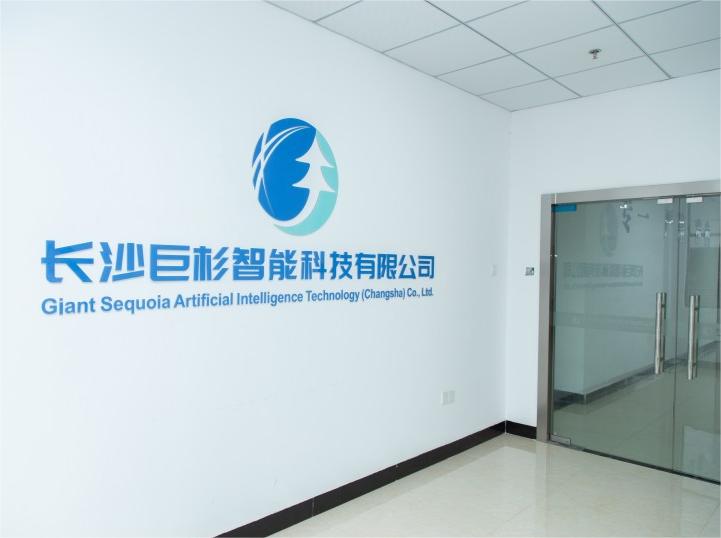
2020.09
In September 2020, the company, together with partners, successfully developed artificial intelligence and big data based magnetotelluric (MT/AMT) impedance calculation software, which demonstrated better performance than similar software in Germany and Canada in tests, can identify and suppress strong electromagnetic interference.
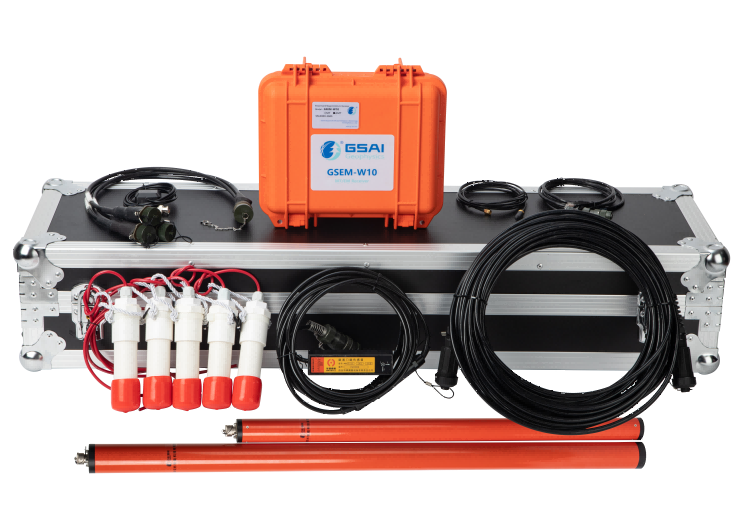
2020.09
In September 2020, the company and its partners successfully developed a broadband magnetotelluric instrument based on large-scale 2D/3D Internet of Things networking, which supports synchronous acquisition and real-time measurement and control of 200+ magnetotelluric acquisition stations. In the test, the performance is more advanced than that of similar instruments in Germany and Canada. At the same time, it realizes the networking capability that the imported instrument does not have, and the key performance such as lower noise, smaller volume, lower power consumption, more functions and lighter weight compared with the imported instrument.
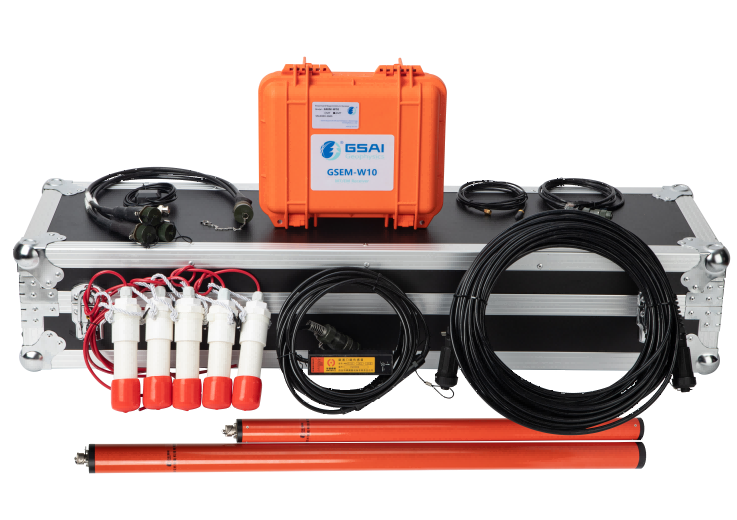
2020.12
In December 2020, the company and its partners successfully developed a full-waveform impedance analyzer based on smart phone measurement and control and big data, which can not only measure the sample impedance (spectrum IP response) with full waveform, but also use smart phones to take photos of the sample and record the coordinates of the sample, which is of great value for in-depth research on the mechanism of IP effect.
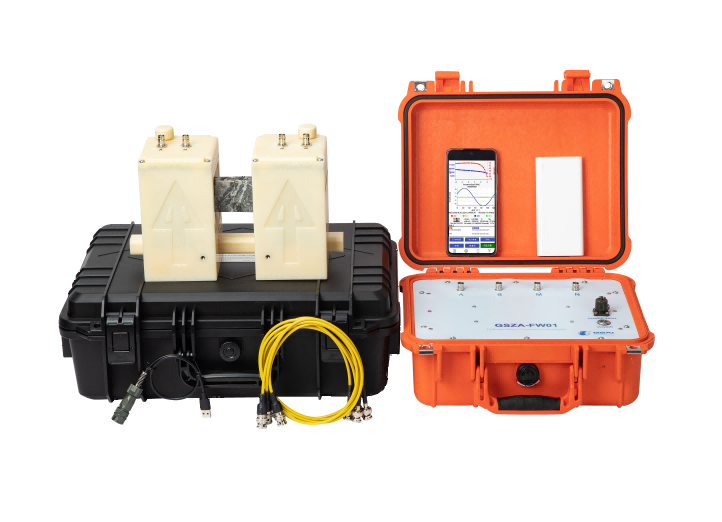
2021.01
In January 2021, the company cooperated with Lanzhou Institute of Seismology to develop a code-source resistivity observatory, including a 500V/10A code-source transmitter and a 5-channel code-source electromagnetic signal receiver.

2021.02
In February 2021, the company and its partners jointly developed a full waveform spread spectrum IP instrument based on the Internet of Things, including a 6-channel full waveform spread spectrum IP receiver and 3000V/9A spread spectrum IP transmitter based on large-scale 2D/3D IoT networking (the transmitter can be quickly customized from 1000V/3A to 4000V/50A).
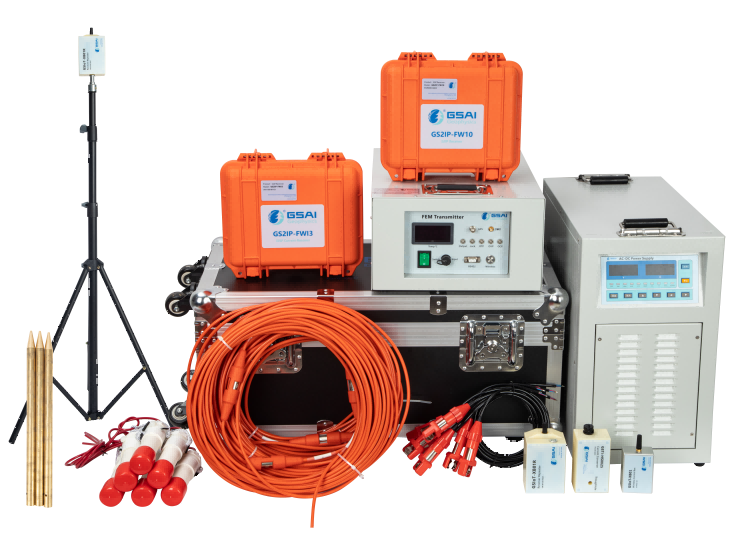
2019.12
2020
2020.09
2020.09
2020.12
2021.01
2021.02


